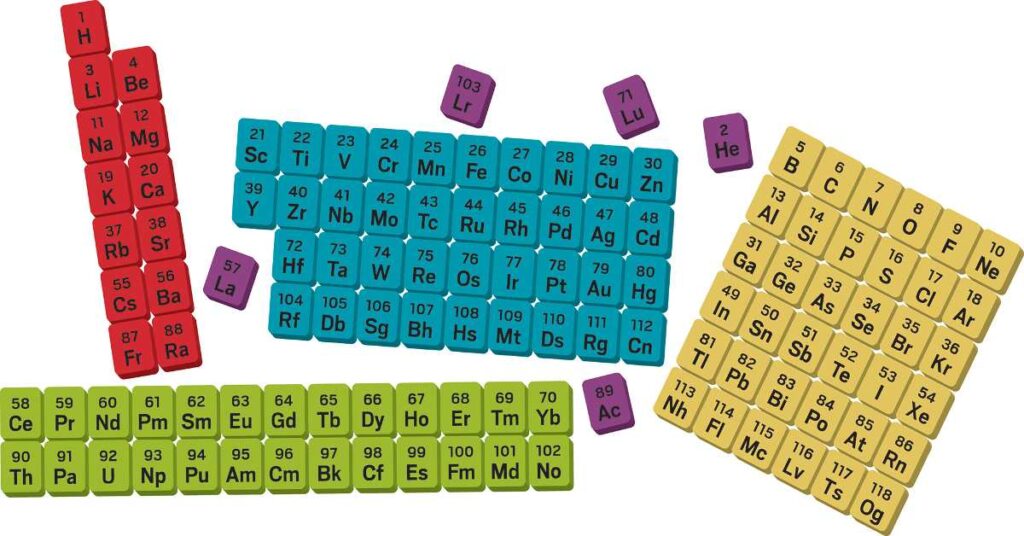Introduction of periodic tables
Every year new elements get added to the periodic table by scientific research. They have been found in the periodic table based on their atomic number of electrons and chemical properties. The board got classified as four roughly rectangular areas known as blocks. Also, The straight rows get to be periods.
As well as the upright columns got the name groups. Elements can be found by their atomic numbers and atomic masses.
The periodic table got all the information regarding the chemical properties. Particularly, the elements which occupy the left-hand side of the periodic table have been known as metals.
While the elements on the right side have been known as non-metals. Neutrons and electrons are two major elements. Neutrons have the same mass as protons. Neutron elements have no electric charge. But the protons have based in the nucleus.


New super heavy elements
All of the new elements are super heavy metals that have an atomic number greater than 112. They are more radioactive and stable than other elements. Scientists discover four heavy elements. New elements must be formed according to the fabulous concept and its character. The periodic table has 118 elements The 94 were found naturally on earth, and the remaining 24 elements were found in the lab through man-made elements.
The new elements are precisely the particle accelerators and nuclear reactions discovered. This can be done by destroying protons or neutrons in atoms or by colliding with atoms. With the collision of pairs of neutron stars, new elements are created in the periodic table. Light elements like hydrogen and helium are formed during the big bang. And iron forms in the cores of stars.
Heavier elements such as gallium and bromine are something like a supernova. Gold and uranium elements are rich in neutron capture. So it swells and is unstable in size. The new periodic elements are nihonium (Nh) with atomic number 113, moscovium (Mc) with atomic number 115, Tennessee (Ts) with atomic number 117, and oganesson (Og) with atomic number 118.
Check out our latest articles on Age of stars & cognitive science
– Calanjium consulties and tecnologies
Conclusion
Finally, the new elements have successfully been added to the periodic table which can help us by all means. The heaviest elements come out with protons, neutrons, or other atomic nuclei. Some heavier elements are made with the start because they have short half-lives.
The atoms are produced too quickly and make elements that detect them. The horizontal rows are only added when the next energy level receives electrons. Period tables are arranged by the chemical reaction using atomic mass.
